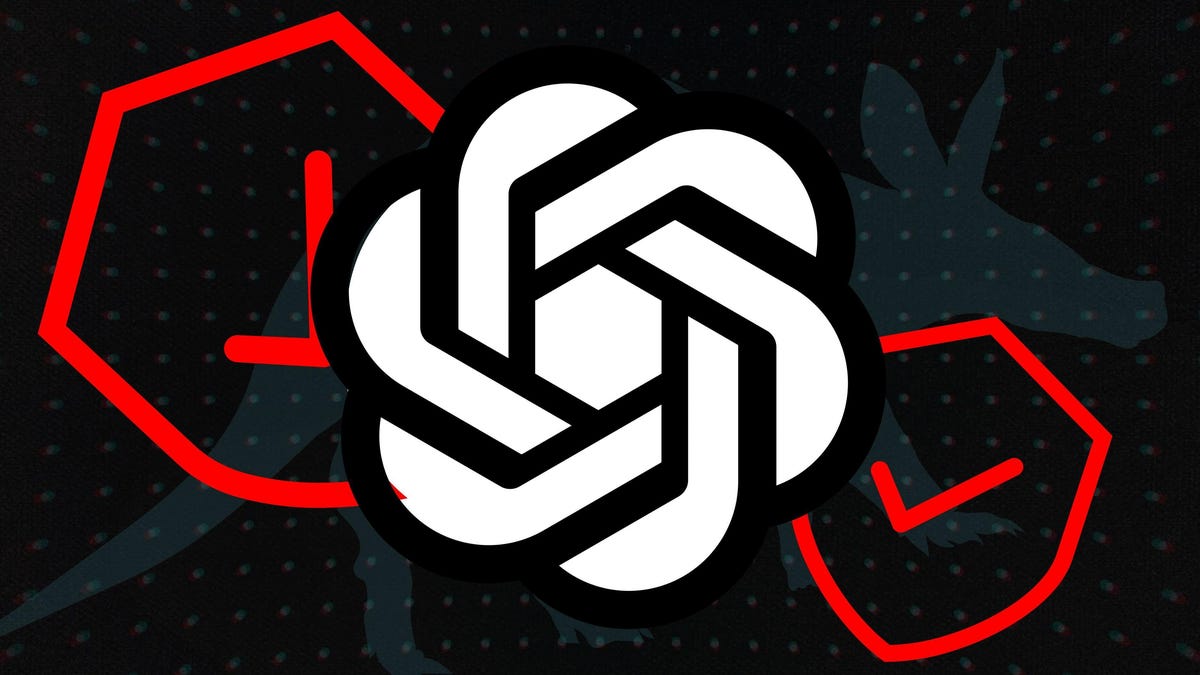OpenAI unveiled Aardvark on October 30, 2025: a GPT 5 powered autonomous cybersecurity research agent that scans codebases and live systems to detect validate and help patch vulnerabilities. It promises faster vulnerability scanning and enterprise scale with human oversight.

On October 30, 2025, OpenAI introduced Aardvark, a GPT 5 powered autonomous cybersecurity research agent designed to find validate and help fix software vulnerabilities. The announcement matters because it moves AI in security from an assistive tool to an operational force: Aardvark can run continuous scans on codebases and live systems and propose or assist with remediation. For developers and enterprise security teams this represents a major step in cybersecurity automation and autonomous vulnerability management.
Security research has traditionally relied on specialized teams to review code reproduce issues and verify exploits. Those tasks are repetitive time consuming and hard to scale. As cloud services third party libraries and CI pipelines expand attack surfaces organizations face a growing backlog of potential vulnerabilities and a shortage of skilled researchers.
Agentic AI refers to systems that can plan act and iterate with minimal step by step human direction. In the context of cybersecurity an agentic model promises to automate routine workflows such as triage reproducing issues reducing false positives and suggesting patches. OpenAI Aardvark arrives as an example of a GPT 5 cybersecurity agent built for continuous operation and initial private beta testing with partners.
Aardvark shows how AI and automation can accelerate detection and remediation. Expected benefits include improved efficiency by automating triage and validation allowing specialists to focus on complex high risk cases and lower marginal costs through continuous automated code security at scale. Managed security providers can use such an AI security agent to offer new automated services.
However the risk profile requires attention. Observers warn about false negatives that create a false sense of safety false positives that waste time and unintended code changes if an agent applies fixes without proper testing. There is also the potential for adversaries to repurpose agentic tools. Good governance requires staged deployment reproducible logging independent validation and strong human oversight.
Integrate AI powered vulnerability detection into CI pipelines as a non blocking stage that produces reproducible reports and suggested fixes. Use automated scanning for low risk checks while gating any automated patch application behind code review and testing. This approach lets teams benefit from speed and scale while preserving human judgement for critical fixes.
Aardvark marks a shift toward autonomous cybersecurity research and autonomous vulnerability management. If deployed responsibly these AI security agents can reduce manual drudgery accelerate bug detection and make remediation more affordable. The central challenge for organizations is integrating AI driven tools so they enhance human expertise rather than replace it through careful piloting thorough validation and strong governance.
Call to action For Beta AI clients looking to explore automated security offerings contact Pablo Carmona to discuss pilot strategies integration and oversight practices that balance speed with safety.



